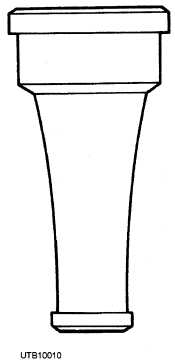
Figure 3-10. - Adapter-type cast-iron soil pipe fittings.
feet apart in horizontal 4-inch building drain lines in a straight run. When the change of direction is greater than 45 degrees (or a 1/8 bend), you must install a cleanout plug.
The long hub, or Sisson, type of cleanout (view B, fig. 3-10) is used as an insert to an existing line. The long hub allows you to push it up far enough to clear the other bell of the bottom pipe, and then to drop the fitting in place. Another type of adapter is a sewer thimble (or saddle). This is a special fitting that is used to tie into an existing sewer line, as shown in view C, figure 3-10. It has a hub on one end, bending around to almost 45 degrees, with a flange near the opposite end. To install, cut a hole halfway between the top and the center line in the sewer line. The hole should be the same size as the outlet portion of the thimble beyond the flange. Slip the thimble into the opening until the flange seats on the sewer pipe. Using oakum and concrete, grout around the thimble to make a watertight joint.
The increaser (fig. 3-11) is used to increase the size (diameter) of a straight-through line. It is often used at the top of a main stack and vent.
A closet bend (fig. 3-12) is a special fitting inserted into a soil branch. This enables the soil branch to be fitted to the water closet. It may be untapped or have either one or two side taps for waste to vent use. Closet bends are made in different styles to fit different types of floor flanges (rims for attachment). One type (view A, fig. 3-12) has a spigot end for caulking into the branch line, and a scored end (marked with lines) to fit

Figure 3-11. - Increaser.
into the floor flange. The scoring makes it easier to cut the bend to the desired length for a given connection. Another type, shown in view B, figure 3-12, has a hub connected to the floor flange with a sleeve or short length of pipe. The end caulked into the soil line is scored for cutting to size. Still other types may be scored for cutting at both ends or may be of the regular hub-and-spigot pattern.
Regular offsets, view A, and 1/8 bend offset, view B, figure 3-13, are used to carry the soil or waste lines 3-9
Continue Reading